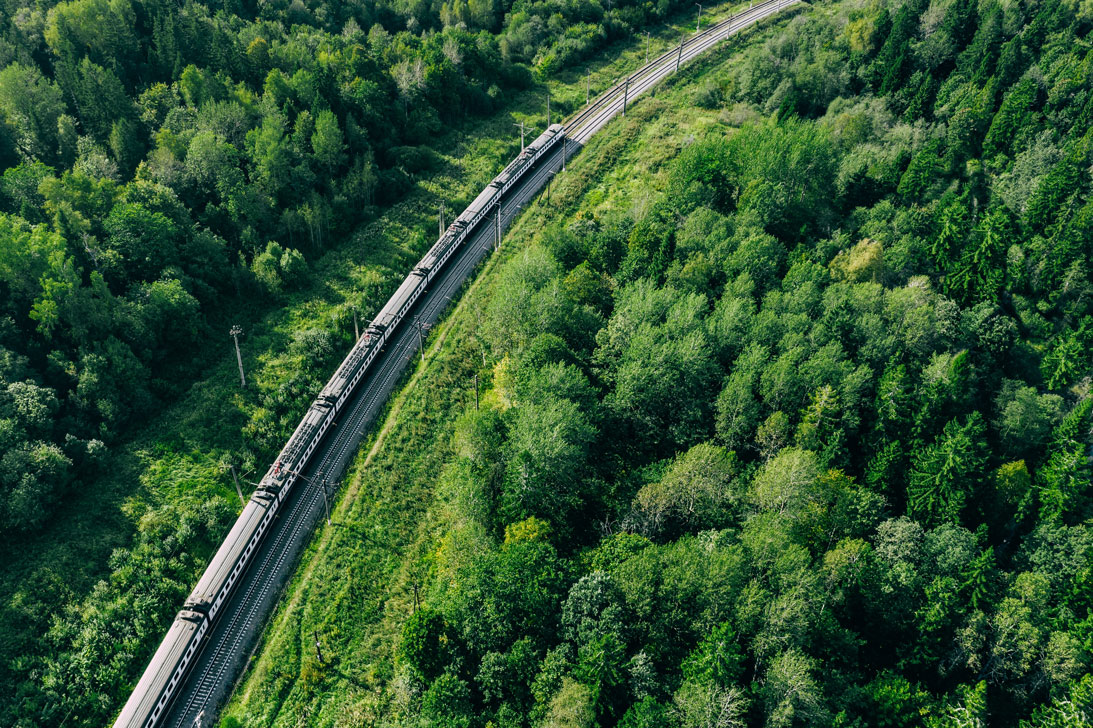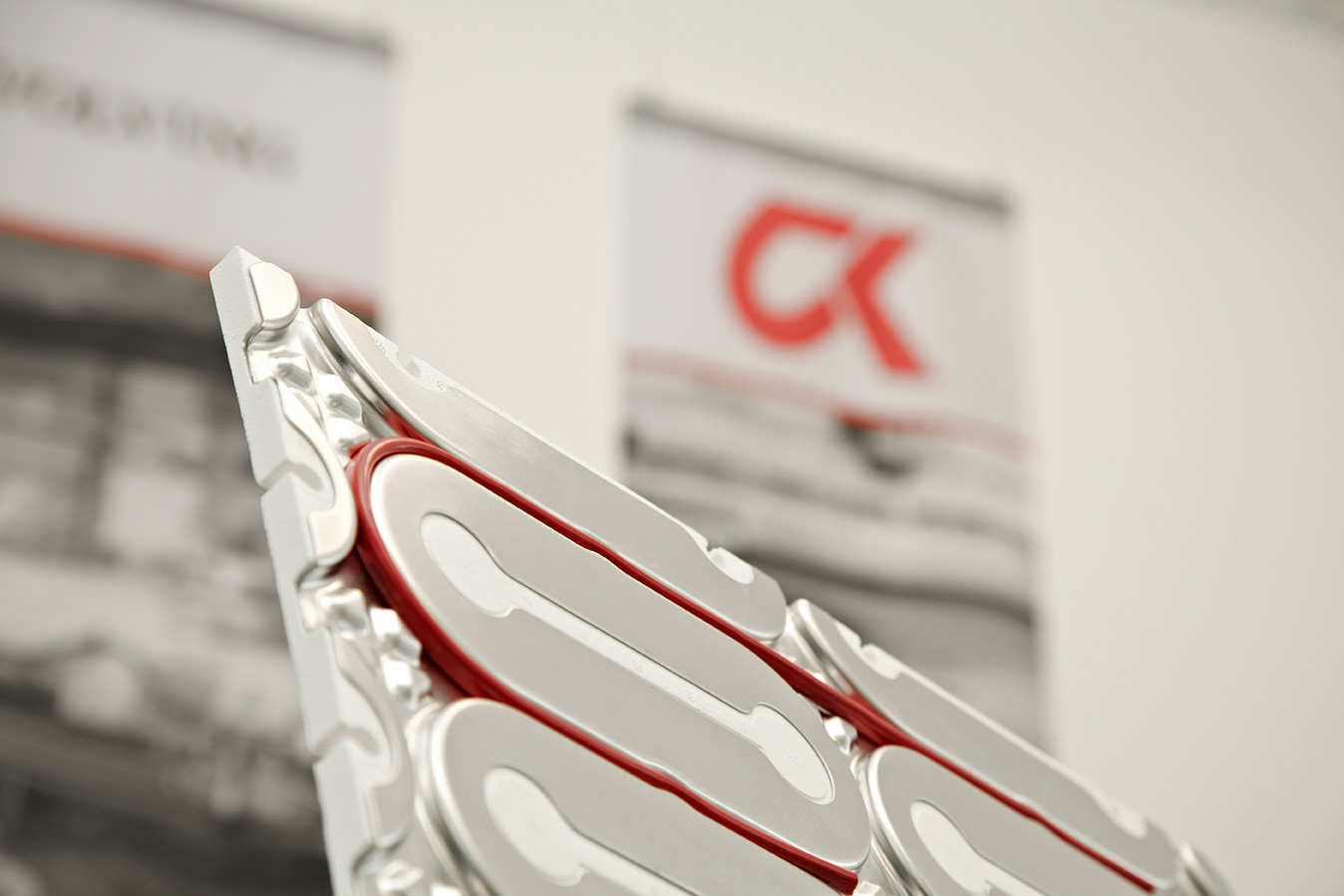
CK Deep Drawing has more than 100 years of experience in metalworking and welcomes green solutions in the metal industry. Significant progress is being made in green steel in Europe, the Nordic region, and globally.
Customers Must Join the Transition
“We are ready to use green steel as soon as the solutions are good enough and customers demand it,” says Peter Møller, CEO of CK Deep Drawing, and continues: “We have been working on green transition for several years and are almost 100% on track in Scope 1 and 2, but Scope 3, which includes raw materials, is still missing. We are simply waiting for solutions.”
CK Deep Drawing produces advanced steel components for a wide range of industries, where sustainability requirements are increasing. Although CK Deep Drawing can already document low emissions in production, steel still accounts for the largest share of the company’s total climate footprint, which is why green steel is essential.
Significantly Higher Steel Tax
The EU is working on revisions to the ETS system with the aim of increasing emission reductions and phasing out free allowances. The EU’s Carbon Border Adjustment Mechanism (CBAM) is being introduced up to 2034, when all free allowances for European producers will be phased out and imported steel will be taxed with a CO2 emission fee. A significant increase in steel taxation is expected, making conventional “black” steel substantially more expensive.
New Solutions Emerging
The steel industry accounts for 7% of global carbon dioxide emissions, making it one of the largest single industrial CO2 emitters. New solutions are therefore needed, and in August 2021, the first fossil-free steel plate was produced in Luleå, Sweden. Since then, several producers have launched pilot projects such as Zero Steel in Iowa, USA, which now produces fossil-free pilot deliveries saving 100–200 metric tons of CO2 annually. The world’s first building made with fossil-free steel has also been erected in Lund, Sweden. Volvo and SSAB have likewise entered into a strategic partnership focused on green solutions.
Ensuring efficient recycling of scrap is also crucial. Green steel is produced either with electric arc furnaces based on scrap or by reducing iron ore with hydrogen instead of coal. Both methods can dramatically reduce CO2 emissions, especially when powered by renewable energy.
Rising Demand for Steel
Paradoxically, while steel poses a major environmental burden, global demand for steel continues to grow—partly due to population growth, partly due to major infrastructure projects worldwide, and also because of increasing security threats that have triggered large-scale weapons and defense production.
Facts
- CBAM stands for Carbon Border Adjustment Mechanism and is the EU’s new CO2 tariff.
- It will be introduced gradually from 2026 and fully implemented in 2034.
- Imported steel will be taxed in line with the EU’s CO2 quota price.
- The goal is to prevent “carbon leakage” and create fair competition between European producers and importers.
